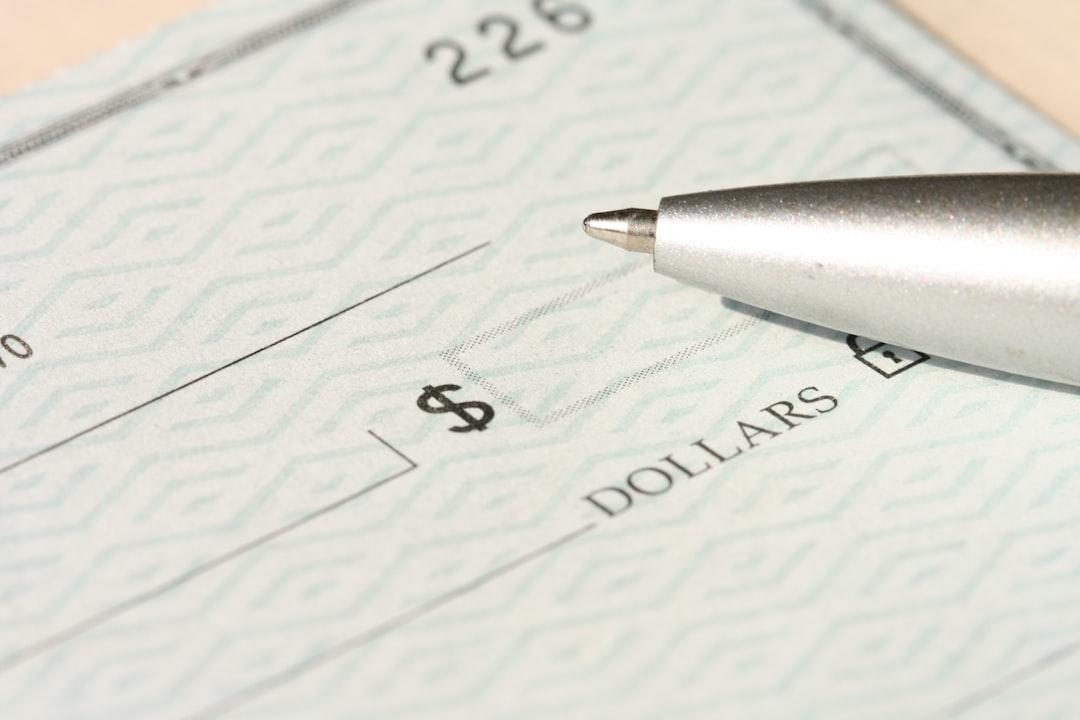Bogus Binance “Phishing Texts” on the Rise! Hackers Steal Millions of New Taiwan Dollars
As investment-related scams continue to proliferate, it is important to remain vigilant, especially when it comes to common notification texts. According to the Hong Kong Police Force’s digital security page “CryberDefender 守網者,” scammers have recently been impersonating the well-known cryptocurrency exchange Binance and sending out texts claiming that users must click on a link in the message to verify their identity within a certain time frame, or else their accounts will be suspended.
If users fall for the text and click on the link, entering their account information and verification code on the fake Binance website, their account credentials will be stolen, and the assets in their account wallets will be transferred out. Hong Kong authorities have reported 11 cases in the past two weeks where victims’ Binance accounts were compromised and their assets, totaling approximately 14.35 million New Taiwan Dollars (3.5 million Hong Kong Dollars), were stolen through these phishing texts.
The Hong Kong police recommend that when it comes to cryptocurrency investments, users should not only understand the characteristics and price risks of investment products but also store large amounts of virtual assets in offline cold wallets to reduce the risk of hacking.
How to Identify the Fake Binance? Officially Introducing the “Binance Verification” Feature
In fact, using phishing texts to trick people into entering their Binance account credentials is not a new tactic. In 2022, Binance collaborated with Taiwan’s Trend Micro to publish an article on preventing phishing scams.
The article pointed out that a wave of fake Binance texts would claim, “According to local regulations, users must activate the account storage feature, or else usage will be restricted,” and would include a fake Binance URL. Clicking on the link would take users to a website that closely resembled the Binance homepage.
To help users identify the fake Binance, the official platform has introduced the “Binance Verification” feature. Users can go to the verification website and input suspicious website links, email addresses, phone numbers, and social media accounts to check if they are official Binance channels.

Additionally, users in Taiwan can use Trend Micro’s “Fraud Prevention Expert” LINE@ account to determine the safety of website links. If a link is deemed unsafe, the Fraud Prevention Expert will issue a warning.
Raising awareness of cybersecurity is crucial, and it is important to verify that you are using the “real Binance.”
Apart from phishing texts, Trend Micro also pointed out that there are various fake Binance apps circulating on the internet, many of which are promoted by internet users and deceive users into depositing funds under the guise of false activities.
There have been cases where users were deceived by acquaintances they met on TikTok, thinking that the download link provided by the person was the “real Binance,” only to discover later that they couldn’t withdraw their funds. Another case involved a user downloading the wrong update, resulting in their transfer address being tampered with. The issue was only discovered after contacting official customer service.
Binance, established in 2018, is currently the largest cryptocurrency exchange globally and is highly recognized in the cryptocurrency community. This is why scammers and hackers often exploit its reputation.
With numerous cases of internet phishing, cryptocurrency users must elevate their cybersecurity awareness and avoid clicking on suspicious phishing links. When encountering information provided by online acquaintances, it is essential to maintain a cautious and verifying attitude to minimize the risk of asset loss.
This article is authorized for reprint by Crypto City.
Proofread by: Gao Jingyuan

